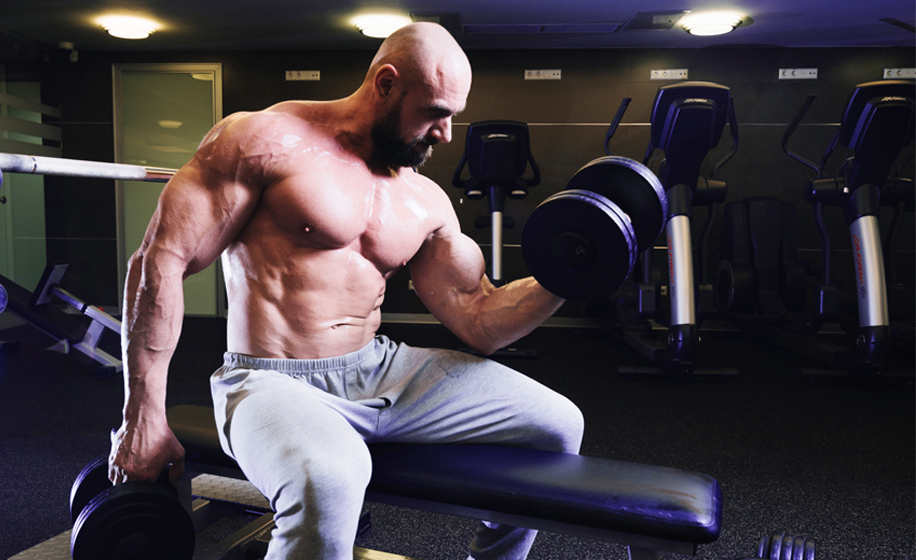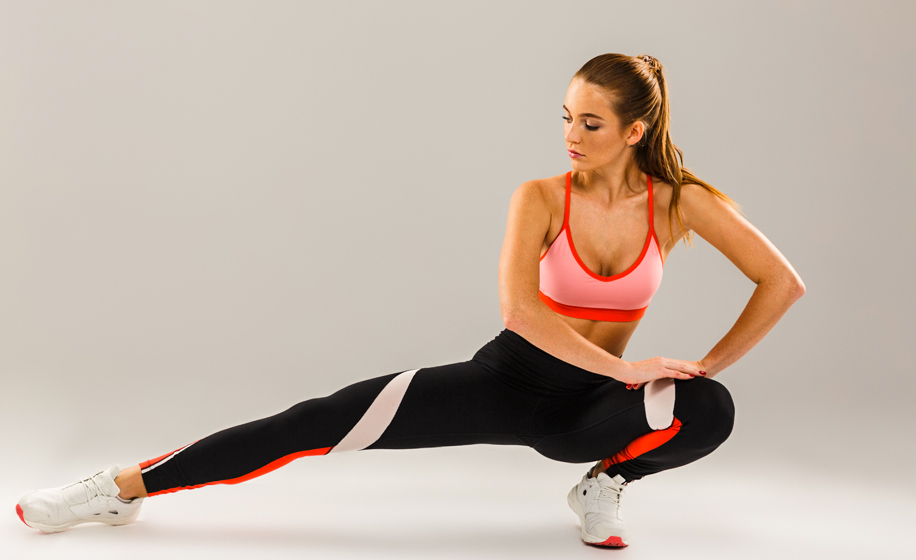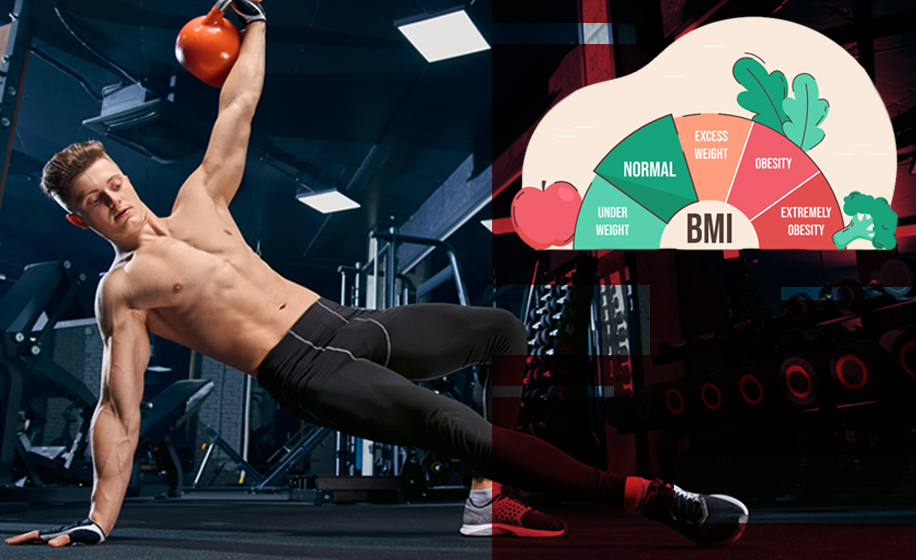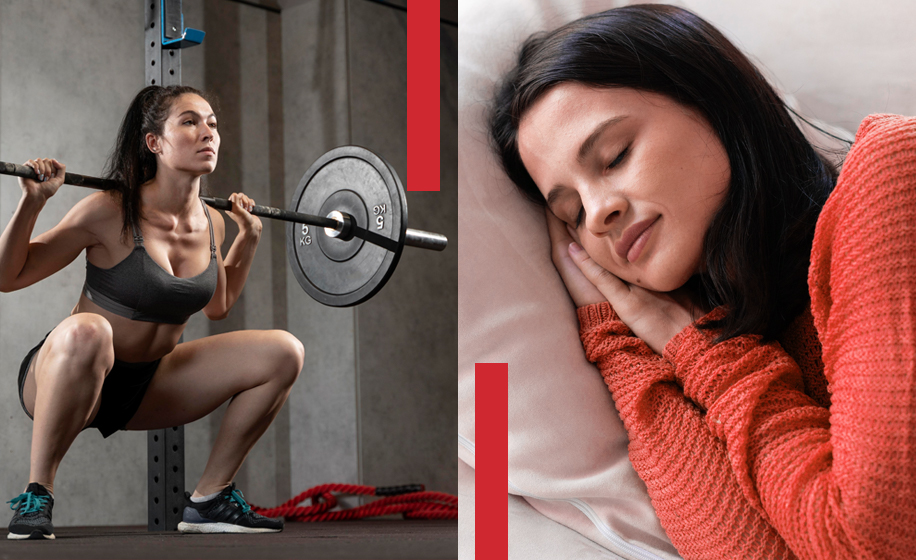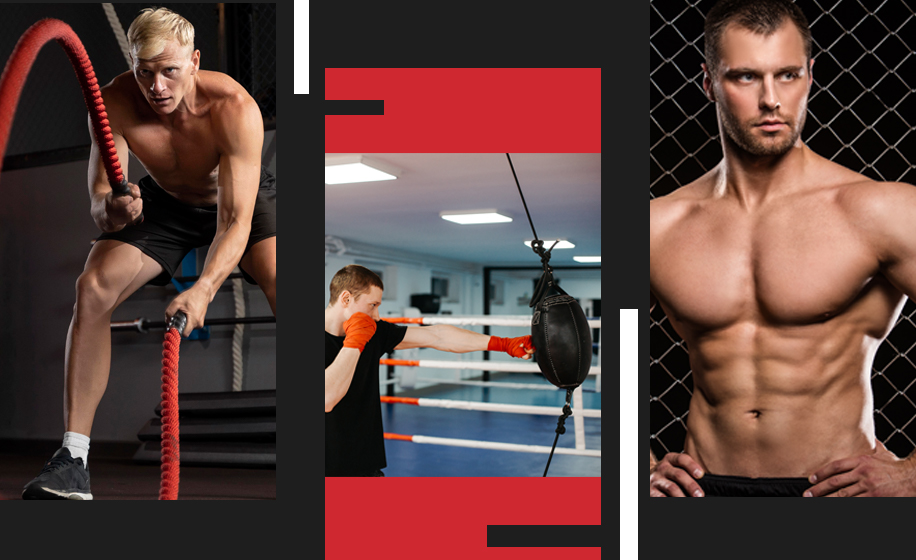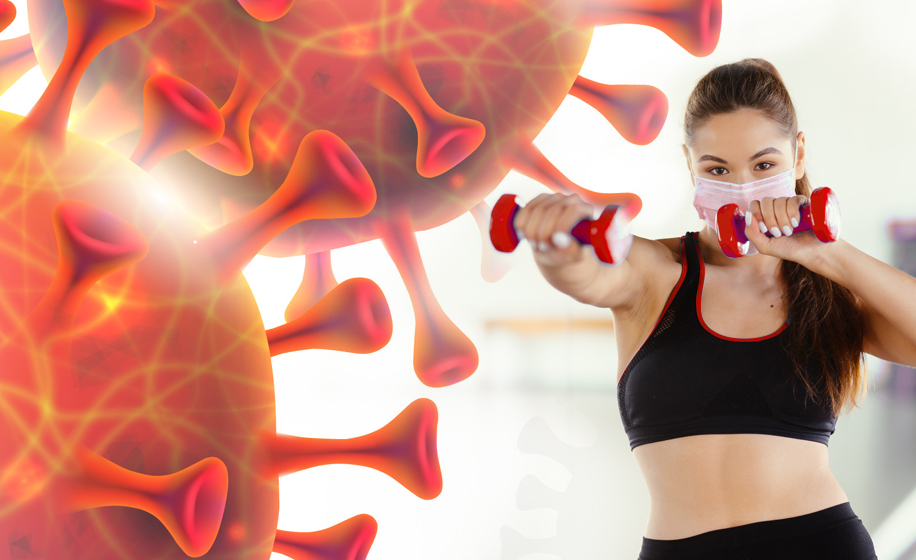Bench press includes the triceps, lats, shoulders, pecs and lats in the upper-body. There are many types of bench press that can increase your strength, power and size. By increasing the barbells, one needs to follow several rules, such that one can get the desired results. Bench press is also risky and therefore should be done carefully to avoid injuries.
Ways to increase bench press
Warming up
It is worth noting that before increasing the barbell strength, it is necessary to warm up before adding weights. A good warm must essentially include the following:
- Bending over ten times
- Jogging in both directions (forward and backward)
- Push up hold position
- Windmill bending
- Skipping either backwards or forwards
- Band pull with straight arms (15 times preferably)
Concentrate on more overload
If you are truly interested in increasing your bench press, then always do it gradually and not suddenly. One must add more reps and weight every time one does a bench press. This particular method is called Progressive Overload. It helps in maximizing power and aids in better weight lifting. The other common overloading method is the double progression method where weights are increased just once and one can reach the rep sets more often. In progression method, if one is doing a workout for 2 to 3 reps, then ten pounds can be increased on both sides for the next set. Repeat the steps for each exercise.
Pump yourself
There is enough research to suggest that heavier set is invariably going to have a better impact on the amount of weight. It is also essential to take around 15 to 20 seconds to concentrate on the exercise. Watching motivational videos and doing regular breathing exercise can also be of immense help.
Chest analysis
One has to know one’s chest properly to understand whether barbell bench press is suited to support the chest muscles. If one wants to add more weights, one should first examine as to whether his or her ligament and shoulder joints are strong or not. If they are not strong enough, then barbell bench press should not be increased, otherwise it can be fatal. Barbell bench is necessary for empowering the torso.
Floor glute bridge
Energy transfer from one part of the body to the other is exceptionally important while doing barbell bench press. Thus, a rigid posture is essential such that power can transferred from the heels to the other body parts. This is why glute bridge is most appropriate for completing every rep while bench pressing. In floor glute press, do 4 to 15 reps and it is natural that the body weight will move more often within 3 to 4 days per week.
Shoulder press
With palms turned towards each other, it is vital to keep the torso at 45 degrees angle. Shoulders and elbows need to be straightened and return the dumbbell overhead.
Right muscles can be engaged
It is very necessary to understand that one has to stabilize the muscles and engage them properly to the full potential. The major portions that move the muscles include anterior deltoid, triceps, and pectoralis major.
Per bench press session
It is important to note that press session per bench should not exceed five to ten lbs. While doing bench press it is worth noting that it is not too heavy for the person. Also, remember that the bench presses should be of the same weight or it can be slightly heavier. It is essential to understand while doing bench press, both the amount of weight targeted for lifting should be at par with the number of reps and sets. Per week always try to do chest exercises involving around 20 sets. The second step is to ensure that around 6 to 12 rep range and the remaining set should be around 12 to 15 rep ranges.
Expert suggestion on bench press tips
Identify the weak area in exercise
Once you fail in the bottom, then always try to get the weight chest off. Explosive pressing is recommended. The lockout does not need to be finished. Therefore, extending triceps and close grip presses can limit the success. Therefore, it is vital to understand the priority in training and identify the weak spot in bench.
Upper back strength
Barbell rowing and pull ups and seated rowing can strengthen the upper back. Both triceps and strong chest requires having a big bench.
Effort training maximal
Lift as much as you possibly can after a number of trials. For instance, five repetitions with the good form can have the best impact on weight and effort session can be needed.
Effort training dynamic
The traditional workout is opposed to dynamic forms of workout. In this form of workout, it is essential to move the weight as fast as possible. A large number of sets can be repeated in turns. Moreover, it is also important to increase the bar with more maximal force.
Dynamic bench press
Link the chains to the ends as needed. The bands with heavy dumbbell should be kept under the rack. Against the bench, help in keeping the legs bent and keep the feet flat. Always try to reduce the bar at the chest’s bottom. It is essential to repeat the first three steps and keep elbows at the sides. Also try to speed up the bar as fast as feasible.
Floor press with dumbbells
It is essential that dumbbells are held up the chest and is turned towards the feet. Contact the floor by lowering the dumbbell. It is important to briefly pause and above the chest press the dumbbells. One can also lift the dumbbells turned towards the body such that shoulder stress should be minimized and triceps are emphasized.
Spotter is necessary
While doing heavy bench press, a spotter is essential. It helps in providing the comfort levels on one’s back. Moreover, spotters are known to motivate people to lift heavier loads and encouraging them to take more bench presses.


